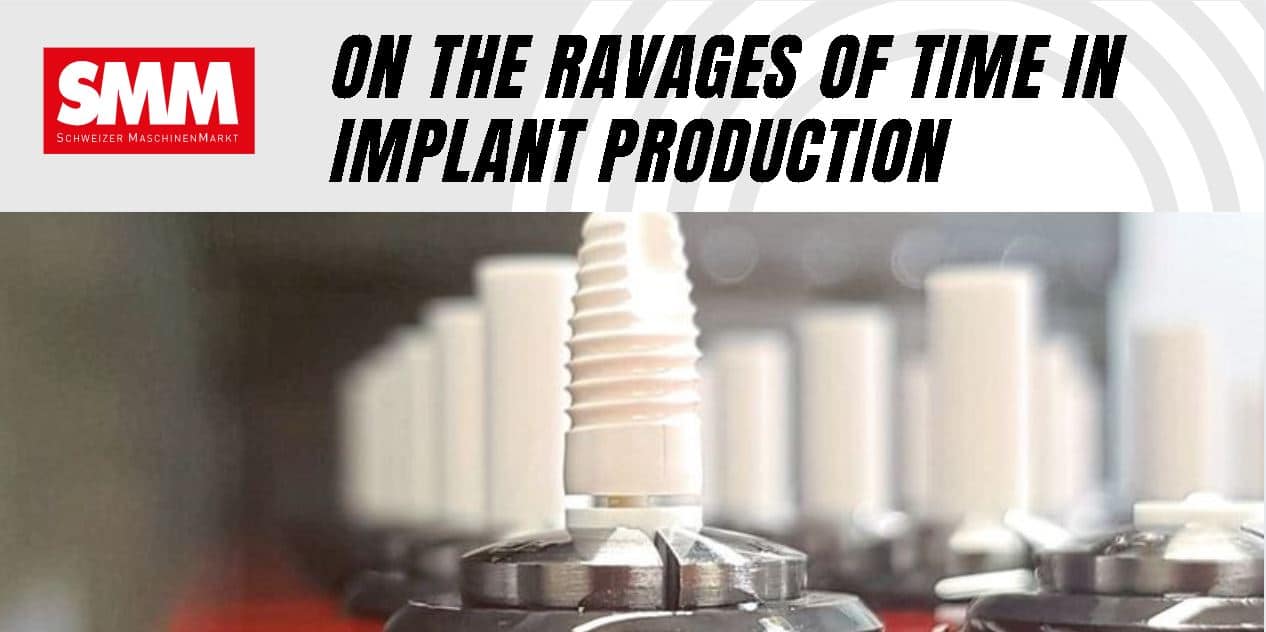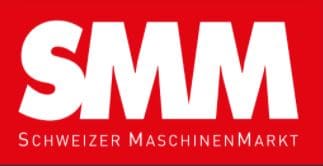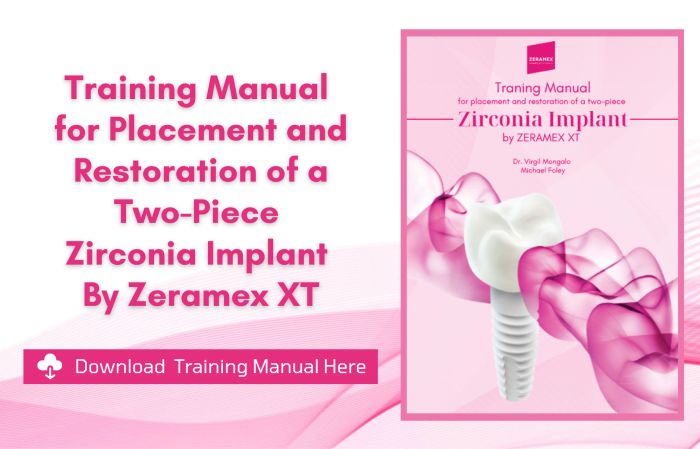Use of lasers in medical technology: On the ravages of time in implant production
04/14/2021 | Editor: Anne Richter
Anyone who manufactures high-quality ceramic implants needs precision tools for micromachining. Dentalpoint AG uses a manufacturing system from Aerotech with an integrated galvo scanner to laser-cut the micro-mounted points. Handling robots and measuring systems are also connected.

As many spindles as possible in a small area, the implants are produced on compact CNC machines.
The relatively young Dentalpoint AG has been producing high-quality ceramic dental implants since 2006 and is one of the pioneers in this field. In 2009 the first two-part implant system made of white, high-performance ceramic was ready for the market. Under the brand name Zeramex, it is sent from the production facility in Spreitenbach, Switzerland, to customers in Europe, the USA and Asia. The customers of the 100 percent metal-free ceramic implants with screw connections include mainly dentists, dental laboratories, dental technicians and medical technology distributors.
“Compared to titanium implants, our two-part ceramic variant has the advantage that it looks very aesthetic and natural due to the white color, is also absolutely biologically more compatible and has excellent osseointegration,” explains CTO Philip Bolleter, who has been Head of Production at Dentalpoint since the founding years of research and development. Whether single tooth, bridge, bar or telescope restoration, Zeramex covers the entire range of restoration options with ceramic implants. The latest workhorse is the Zeramex XT ceramic implant with reversible screw connection, which, according to the manufacturer, offers maximum prosthetic flexibility, especially in the anterior region.
Manufacture precision tools yourself
In principle, the implants consist of a root screw and a ceramic attachment, which is available in three different standard sizes with regard to diameters and lengths. The individual adjustment is then carried out by the patient’s dental technician or dentist. The Zeramex XT ceramic implant is made from hard and hipped zirconia ATZ blanks, for example. With the high-strength ceramic, high-precision implants and abutments in the micrometer range can be produced so that they can be connected to one another with a precise fit and tension-free. “The manufacturing process is quite complex, requires a lot of know-how and enables high dimensional accuracy and precision in the manufacture of implants,” says Philip Bolleter.
The parts are manufactured on CNC-Machines with diamond grinding points in hard machining, and the screw shape is carved out of a blank. In order to be able to manufacture the implants precisely, the medical technology manufacturer needs extremely precise tools with tolerances of less than 2 µm. Modern laser technology is used here. On the one hand, grinding pins are machined (diameter from 0.5 mm to 3 mm), profiled, adapted, cut to length and structured, on the other hand, small grinding wheels are also profiled and dressed, the blanks of which have a diameter of up to 20 mm and a machining length of 1 mm to 10 mm. But the laser system is also used for prototypes of the dental implants and smaller quantities, if it is not worth going to the CNC machine with it. The blank is in the holder,
Manufacturing system with galvo scanner for micromachining
In principle, the implants consist of a root screw and a ceramic attachment, which is available in three different standard sizes with regard to diameters and lengths. The individual adjustment is then carried out by the patient’s dental technician or dentist. The Zeramex XT ceramic implant is made from hard and hipped zirconia ATZ blanks, for example. With the high-strength ceramic, high-precision implants and abutments in the micrometer range can be produced so that they can be connected to one another with a precise fit and tension-free. “The manufacturing process is quite complex, requires a lot of know-how and enables high dimensional accuracy and precision in the manufacture of implants,” says Philip Bolleter.
The parts are manufactured on CNC-Machines with diamond grinding points in hard machining, and the screw shape is carved out of a blank. In order to be able to manufacture the implants precisely, the medical technology manufacturer needs extremely precise tools with tolerances of less than 2 µm. Modern laser technology is used here. On the one hand, grinding pins are machined (diameter from 0.5 mm to 3 mm), profiled, adapted, cut to length and structured, on the other hand, small grinding wheels are also profiled and dressed, the blanks of which have a diameter of up to 20 mm and a machining length of 1 mm to 10 mm. But the laser system is also used for prototypes of the dental implants and smaller quantities, if it is not worth going to the CNC machine with it. The blank is in the holder,
Manufacturing system with galvo scanner for micromachining
“We attach particular importance to our tools, because the more precisely we manufacture them, the more precisely the implants can be manufactured with them,” explains the CTO. That is why he decided on an Aerotech system back in 2016. The manufacturer is known for its high-precision positioning systems with integrated laser technology. Philip Bolleter remembers the first conversations with Aerotech: “We had no experience with laser technology and integrating it with a production system was a major challenge. We knew that there was no such thing as an off-the-shelf system with an integrated laser, but we still wanted a supplier who could cover as broad a spectrum as possible. “
With Aerotech, the right system integrator was found who could implement the idea of the desired production system. “CNC control, linear drives, axes, galvo scanners for the laser, everything was made from one piece and really with a competent contact person,” says Philip Bolleter looking back. The complete mechanical part with linear drive, axes and the A3200 control software came from Aerotech, the housing and the remaining peripherals were assembled by Philip Bolleter’s team on their own. A handling robot and other additional components such as an optical measuring system for in-process measurements were also integrated. The advantage here is that the same Aerotech control can be used for this. “That was another plus for the Aerotech system. We can expand in the periphery at any time,
Seven axes for flexible laser processing
Adrian Hunn, CEO of Dentalpoint, states that the increased health awareness in the population is currently leading to increased demand for Zeramex products. New products such as the Zeramex Small Base 3.5 mm implant were specifically developed to meet customer needs. However, the one production system reached its capacity limits. A second Aerotech production facility has been in operation since March 2020 and has been running around the clock, seven days a week. The experience with the first system in which the laser structured from above attached to a granite bridge was incorporated into the development. «With a fixed scanner and a movable processing part, we were able to shrink the system to approx.
This is why the medical technology manufacturer decided to commission a new system with a fixed beam path. The galvo scanner with laser is fixed in place and the part to be processed moves. Axles and laser scanners are firmly screwed onto a stiff granite base plate. The laser beam is guided laterally and the five mechanical swivel axes lie horizontally on the base plate, which makes the system extremely compact. The axes are designed for the defined accuracy requirements so that the kinematics can be precisely positioned with the laser beam. With the Aerotech A3200 controller, all seven axes can be moved simultaneously. The high flexibility when machining from all sides is only limited by the clamping device. The challenge for Aerotech was to realize a fixed beam path, despite the high compactness of the entire manufacturing system. “We were really interested in the compactness of the machine with workpieces of only 3-4 grams. And although the system is now very compact, it offers the same performance with the same high precision and also a better throughput,” emphasizes Philip Bolleter. The old system also required a lot more floor space, the new one practically fits on a Euro pallet. “Another advantage for us is that the system is 0.8 by 1.2 meters mobile – it can be flexibly positioned within our production using a pallet truck and put back into operation with plug-and-play.” And although the system is now very compact, it offers the same performance with the same high precision and also better throughput, ”emphasizes Philip Bolleter. The old system also required a lot more floor space, the new one practically fits on a Euro pallet. “Another advantage for us is that the system is 0.8 by 1.2 meters mobile – it can be flexibly positioned within our production using a pallet truck and put back into operation with plug-and-play.” And although the system is now very compact, it offers the same performance with the same high precision and also better throughput, ”emphasizes Philip Bolleter. The old system also required a lot more floor space, the new one practically fits on a Euro pallet. “Another advantage for us is that the system is 0.8 by 1.2 meters mobile – it can be flexibly positioned within our production using a pallet truck and put back into operation plug-and-play.”
Open capacities for growing demand
To process a workpiece, the production system is equipped by a handling robot. This transfers the part to be processed to the pneumatic collets and roughly positions it in relation to the laser beam. Fine adjustment is then carried out using the two optical adjustment axes in a range of 1 to 2 mm. The processing time depends on what is being processed and how large the volume is removed. If only one grinding wheel has to be profiled or dressed, this takes between 10 to 15 minutes, whereas laser cutting a larger threaded grinding pin from a raw part takes around 30 to 45 minutes. The prototype production, for example a complete implant with an external thread from the ceramic blank, is the most time-consuming. Tests and prototypes are done during the day, so that the system can run uninterrupted and trouble-free at night and on weekends for tool production. A camera system was also installed to monitor the process remotely.
And Philip Bolleter’s conclusion: “The new system is designed in such a way that we still have capacities open. With the operation of the two Aerotech plants, we now have sufficient reserves to meet the growing demand for ceramic implants in dentistry. ” -ari- SMM
Contact
Want to know more about Zeramex?
Email us at [email protected] with your contact details and we will get in touch with you!
ZERAMEX BROCHURE
Click here to download the Zeramex sales brochure


